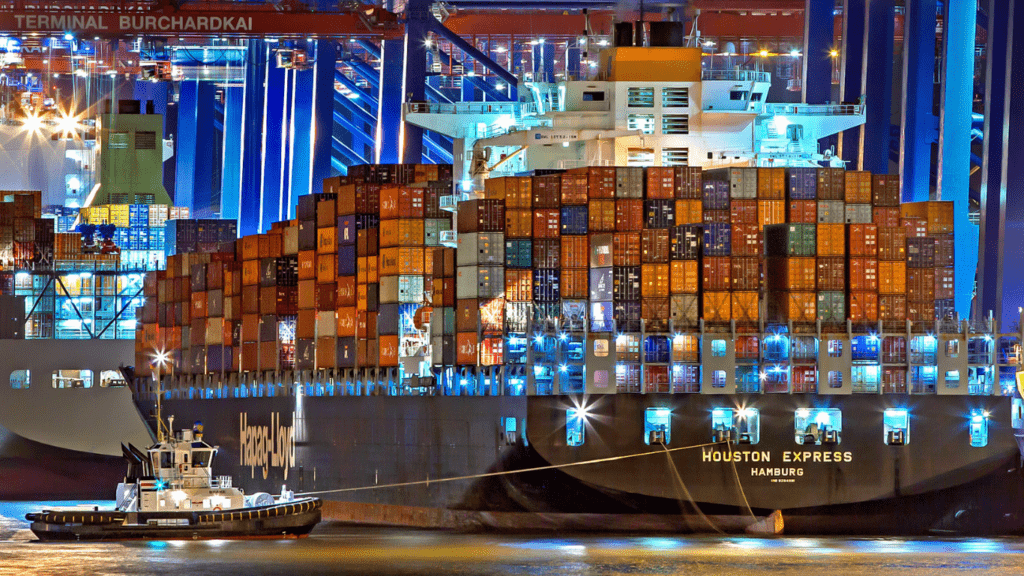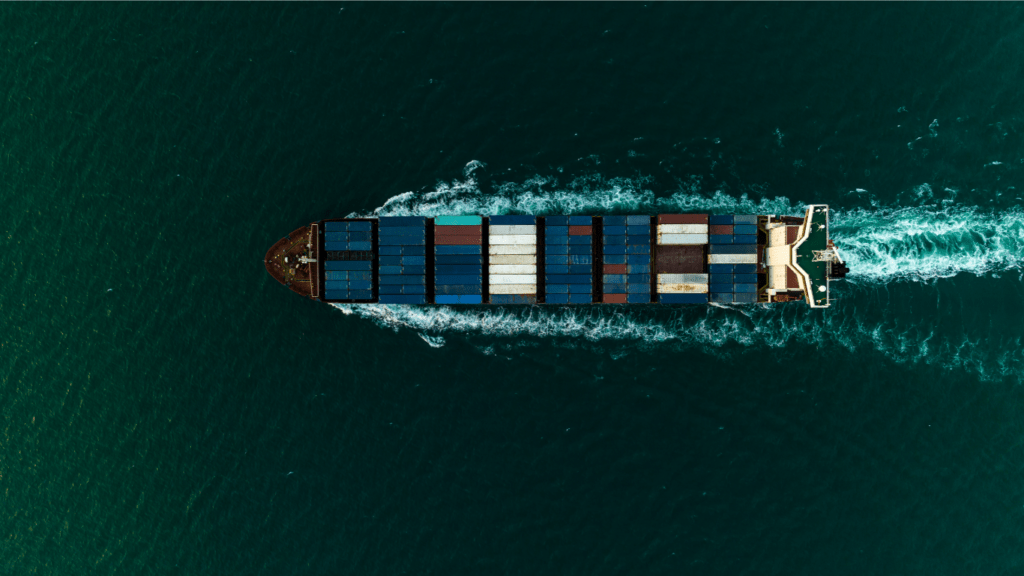Overview of Global Supply Chains
Global supply chains involve the coordination of production, transportation, and distribution of goods across multiple countries. They connect suppliers, manufacturers, and consumers on a worldwide scale.
Definition and Importance
A global supply chain encompasses the international network of suppliers, manufacturers, and logistics providers that work together to produce and deliver goods.
It’s essential for increasing efficiency, reducing costs, and expanding market reach. Companies utilize global supply chains to leverage resources and capabilities from different regions, creating competitive advantages.
Evolution Over Time
Global supply chains have significantly evolved over the past century. Initially, they were localized with minimal international involvement.
Post-World War II, advancements in transportation and communication facilitated international trade. The digital revolution in the late 20th century further transformed supply chains, enabling real-time data sharing and collaboration.
Today, companies use cutting-edge technologies like:
- blockchain
- AI
to enhance transparency and efficiency in their global supply chains.
Challenges in Global Supply Chains
Navigating global supply chains presents several challenges, each requiring strategic responses to mitigate risks and capitalize on opportunities.
Geopolitical Tensions and Trade Policies
Geopolitical tensions significantly impact global supply chains. Trade policies and tariffs often create barriers, leading to increased costs and disrupted supply flows.
In 2018, the US-China trade war exemplified this, affecting industries like electronics and automotive. Companies monitor political climates and trade agreements, adjusting sourcing strategies to maintain stability.
Environmental Concerns and Sustainability Issues
Environmental concerns and sustainability issues demand attention in modern supply chains. Climate change and resource depletion necessitate sustainable practices.
For instance, regulations mandate lower carbon emissions, influencing transportation and production methods. Companies invest in green technologies and adopt circular economy models, reducing waste and improving sustainability metrics.
Technological Disruptions and Cybersecurity Threats
Technological disruptions pose challenges in maintaining seamless supply chains. Integration of AI and IoT increases complexity and potential vulnerabilities.
Cybersecurity threats are rising; in 2017, the NotPetya attack disrupted Maersk’s operations, costing the company $200-$300 million. Businesses implement robust cybersecurity measures and resilience plans to protect against such threats.
Through strategic adaptation to these challenges, businesses can maintain resilient and efficient global supply chains.
Opportunities in Global Supply Chains
Global supply chains present various opportunities that businesses can leverage to gain a competitive edge. By focusing on technology, emerging markets, and sustainability, companies can innovate to meet modern demands.
Advances in Technology and Automation
Advanced technology and automation drive efficiency in global supply chains. Real-time data analytics empowers companies to monitor and manage inventory levels, reducing waste and optimizing stock.
Blockchain enhances transparency by providing a secure, unalterable ledger for transaction records, mitigating fraud risks. AI and machine learning automate routine tasks, improving accuracy and response times.
Emerging Markets and Economic Growth
Emerging markets offer vast growth potential for global supply chains. Countries such as India and Brazil provide access to new customer bases and manufacturing hubs.
These markets present lower labor costs and vast consumer populations. By investing in local infrastructure and adapting products to regional preferences, companies can capitalize on these opportunities.
Sustainability Initiatives and Circular Economy
Commitment to sustainability and circular economy presents significant benefits in global supply chains.
Implementing green practices, such as reducing emissions and using recyclable materials, aligns with consumer demand for environmentally responsible products.
Companies practicing a circular economy can extend the life cycle of products, minimize waste, and create more sustainable business models.
Strategies for Managing Global Supply Chain Risks

Effective management of global supply chain risks requires a multi-faceted approach. Using strategic planning, companies can mitigate potential disruptions and capitalize on emerging opportunities.
Diversification and Resilience Planning
Diversification enhances resilience by spreading risk across multiple sources. Sourcing materials from various regions reduces dependency on one supplier.
For instance, diversifying suppliers across different continents can mitigate the impact of regional disruptions like natural disasters or political unrest.
Implementing flexible inventory strategies contributes to resilience. Maintaining safety stock or using just-in-time inventory can balance cost efficiency and availability. If demand fluctuations occur or lead times increase, these strategies help maintain operations without significant delays.
Supplier alliances create further resilience. Collaboration with suppliers on contingency planning ensures quicker response to disruptions. Regularly auditing supplier capabilities and establishing backup suppliers strengthen the overall supply chain.
Innovative Logistics and Supply Chain Technologies
Adopting advanced logistics technologies enhances efficiency and transparency. Implementing real-time tracking systems, like IoT sensors and GPS, provides visibility into the supply chain. For example, companies can monitor shipment locations and conditions, ensuring timely deliveries and reducing losses.
Blockchain technology secures data integrity and improves traceability. Using blockchain, companies can authenticate product origins and ensure compliance with regulations. This technology is especially valuable for industries like pharmaceuticals and food, where transparency and traceability are crucial.
AI and machine learning optimize demand forecasting and inventory management. AI analyzes historical data to predict future demand more accurately. With better forecasts companies can reduce overstocking or stockouts, balancing supply with market demand.
These strategies together make supply chains more robust, adaptable, and transparent, effectively managing global risks.
The Future of Global Supply Chains
Global supply chains are set to transform significantly. Emerging technologies and shifting geopolitical landscapes drive this evolution.
Predictions and Emerging Trends
- Many trends are shaping the future of global supply chains. Digital transformation through AI and machine learning enhances decision-making processes. Companies can predict demand with greater accuracy, reducing inefficiencies.
- Blockchain technology is becoming integral. It ensures transparency and traceability, minimizing fraud. Firms are adopting real-time tracking systems, boosting operational visibility and customer satisfaction.
- Sustainability is increasingly crucial. Many corporations aim for greener supply chains. Renewable energy use and waste reduction are major focus areas.
- Geopolitical shifts also play a significant role. Trade policies and international relations impact supply chain configurations. Companies diversify suppliers to mitigate risks associated with political instability.
- Lastly, e-commerce growth drives strategic changes. The demand for faster, more reliable deliveries requires innovative logistics solutions. Urban warehousing and automation technologies are becoming vital.




